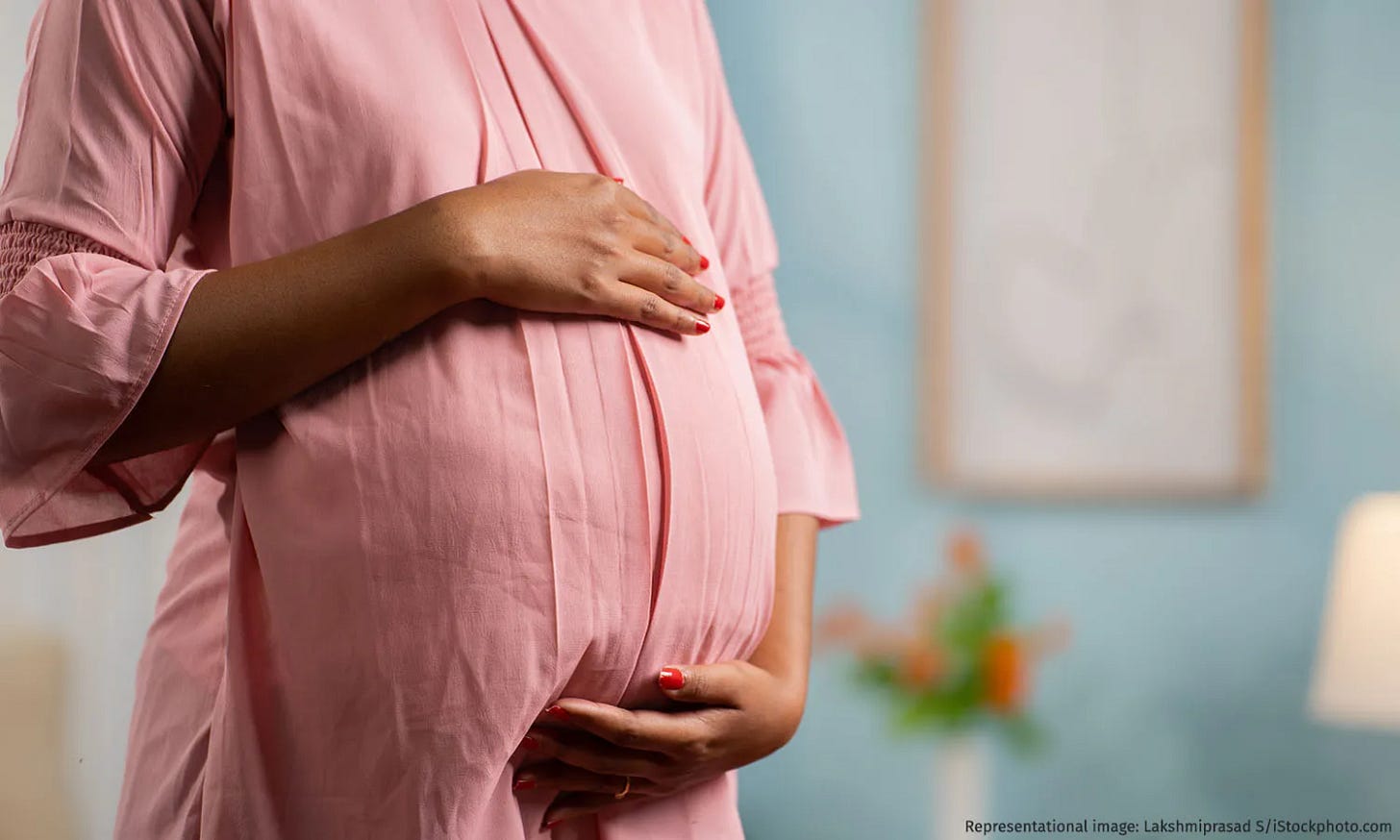Moving Targets
This week, how India can lower its maternal mortality further, and what’s next for the flagship Swachh Bharat programme
Dear Reader
Our stories this week look at two areas in India’s journey where the targets are constantly moving. India has made considerable progress on maternal mortality, but gaps remain. And 11 years after the Union government launched Swachh Bharat Abhiyan, the flagship rural sanitation programme, the results are elusive and measurement is mired in low verification.
Taken together, these two critical indicators reveal an evolving picture: one where–compared to even a decade ago–more mothers and children survive childbirth and fewer die of communicable disease. But there are wide variations across states, and the last mile is often more difficult and needs innovative strategies.
Saving Bharat’s Matas
For every 100,000 children born in India each year, 88 mothers die in childbirth or shortly thereafter, according to government data for the period 2021-2023. Given India’s birth rate, this translates to over 22,000 mothers dying each year. Now, this is 33% less than a decade ago, and closer to the SDG target of 75.
But India’s economically backward states have nearly triple the rate of the southern states. Bihar, Jharkhand, Madhya Pradesh, Chhattisgarh, Odisha, Rajasthan, Uttar Pradesh and Uttarakhand together are called the ‘empowered action group’ or EAG states. Together with Assam, these states have a maternal mortality ratio of 118 deaths per 100,000 live births.
For perspective, India’s southern states–Andhra Pradesh, Telangana, Karnataka, Kerala and Tamil Nadu–together have an MMR of 42. The last time these states had an average MMR above 100 was during 2010-2012. This means the poorer states are more than a decade behind their southern counterparts.
And to tackle this, India needs different strategies for different parts of the country. States such as Kerala, which saw a rise since the last release, have to strengthen their tertiary care systems, while Odisha, Chhattisgarh and Madhya Pradesh will need to focus on better antenatal care. Nushaiba Iqbal reports.
Coming Clean
Eleven years ago, in the initial months of Prime Minister Narendra Modi’s first term, India launched the Swachh Bharat Abhiyan, which aimed to end open defecation by 2019. The country worked in mission mode, and by the end of Modi’s first term, India had built over 119 million household toilets and 260,000 community sanitary complexes.
In the second phase since, the government set off to achieve what it called ‘Sampoorn Swachhata’, which broadly entails three indicators: ODF or open-defecation-free sustainability; solid and liquid waste management; and visual cleanliness. The status was to be independently verified at two levels. Villages that meet all three criteria are termed ‘ODF-Plus Model’ villages.
As of October 1, four in five villages (480,000 of 587,000) have been declared ‘ODF-Plus Model’ villages, but 22% of these have not completed even the first round of verification, and 89% have yet to complete a second verification–exposing gaps in waste management, untreated sewage, and behavioural change that challenge the sustainability of India’s sanitation progress.
Lack of transparency in verification further conceals the status of those that did get verified, experts say. Erratic fund release and utilisation affect efficient planning and implementation, Prachi Salve reports.
—
That’s all for this week. Have a good weekend!





